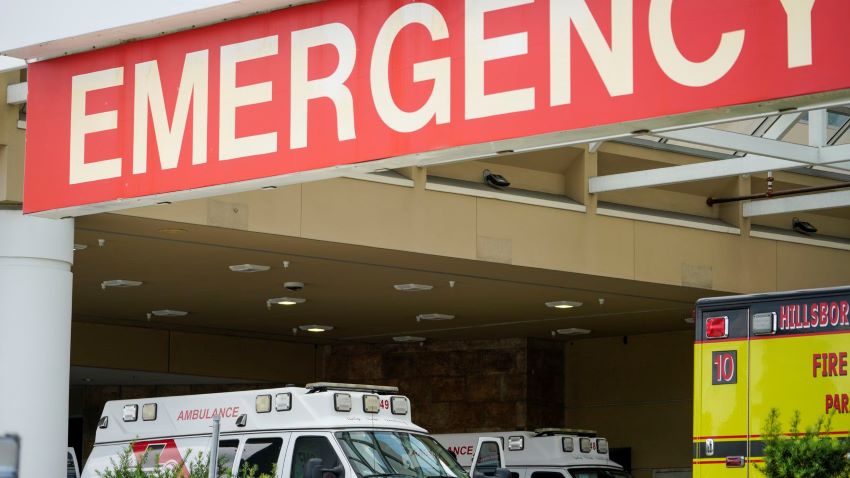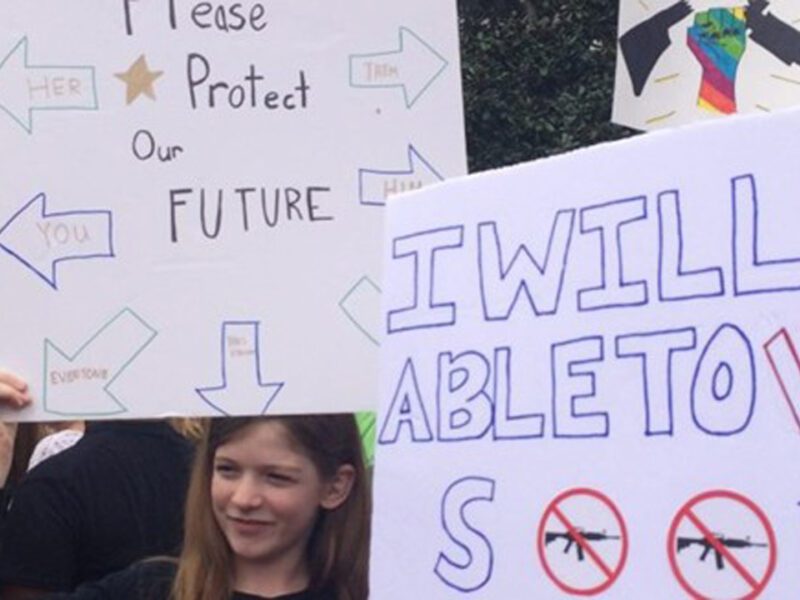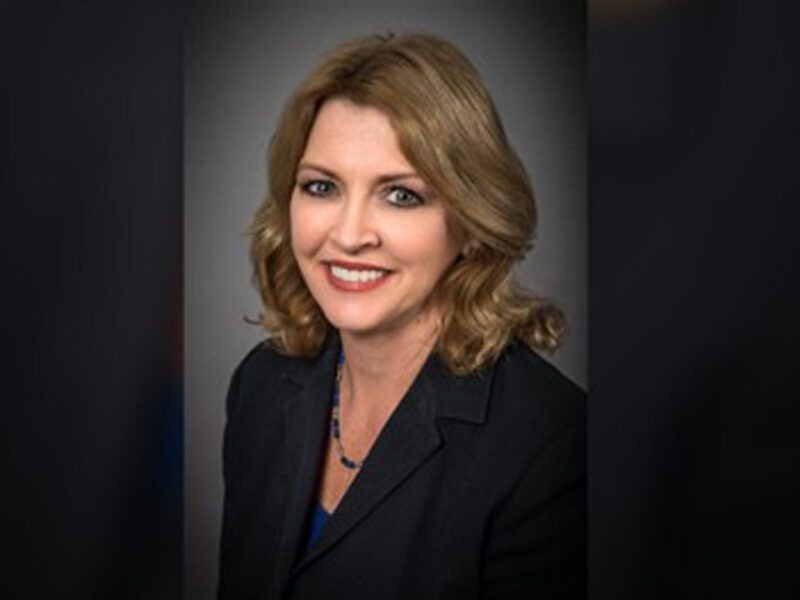
Kids are struggling with mental health. Florida schools are struggling to help.
Florida ranks 30th in youth mental health. Schools serve as a critical point of intervention, but there are staffing shortages.
Tampa Bay Times | By Lauren Peace | February 22, 2022
Youth mental health is on the decline, and the indicators are indisputable.
Hospital admissions data from 2021 showed national spikes in youth emergency room visits related to mental health, and in December U.S. Surgeon General Vivek Murthy put out a public health advisory declaring a “youth mental health crisis.”
But as the number of young people living with mental illness increases, barriers to care — including a shortage of providers and prohibitive costs of therapy — make it difficult for many people to get the help they need.
Advocates are turning their attention to schools, asking whether the education system is prepared to support student mental health needs.
A report issued earlier this month by the Hopeful Futures Campaign, a nonprofit collaborative of organizations across the country that advocates for policies to support mental health, provides a first-of-its kind look at how each state’s public schools are equipped to address the crisis.
The report used data on the ratio of school employees who serve in mental health support roles to the number of students enrolled. It also analyzed state policies in place that address gaps in funding for mental health support and issued recommendations to help states address weak spots.
Florida was ranked 30th out of the 50 states for youth mental health.
Schools serve as an integral space to meet the mental health needs of children because they’re a natural point of intervention, said Melanie Brown-Woofter, president of the Florida Behavioral Health Association.
“There are things that the teachers can pick up on,” Brown-Woofter said. “But the resources have to be there on the other end so teachers can refer students to treatment services.”
Brown-Woofter said that right now there’s concern across the behavioral health field because the supply of providers does not meet demand. The issue has been exacerbated as more providers leave their jobs for other work.
“It’s the great resignation,” Brown-Woofter said. “People are leaving, and to be honest with you, we’re not quite sure where they’re going.”
And in Florida’s schools, where the ratio of psychologists to students has historically fallen below the recommended ratio, exits from the profession are felt especially hard.
“We’ve tried to be proactive, but two years into the pandemic there is definitely increased need,” said Michael Kelleher, supervisor of clinical care for the Hillsborough County School District.
According to the report from the Hopeful Futures Campaign, the recommended ratio of school psychologists to students is one to 500.
Right now, the Hillsborough County School District has a ratio of one school psychologist for about every 1,600 students. In Pinellas County, there’s one school psychologist for roughly every 1,100 students.
There are currently about 40 school psychologist openings that the Hillsborough School District is trying to fill.
Similar shortages exist among employed social workers and school counselors in both districts.
Kelleher said that in Hillsborough, there are efforts to increase access to student mental health support. He said funding increased last year. That has allowed the district to contract with more than 100 therapists on campuses across the district, in addition to school psychologists. He said the district is also working to expand its partnerships with local behavioral health organizations so that students and families can be connected to care beyond what’s provided in schools.
The shortage of school psychologists and social workers is not unique to Tampa Bay schools, which actually fare slightly better than the average in Florida, according to Angela Mann, president of the Florida Association of School Psychologists.
Mann said that one of the issues Florida faces is that the state pays lower wages than in other states.
A report published by the organization in 2020 stated that the average annual pay for school psychologists was $75,670. The average annual salary in Florida was $59,996.
Mann said another factor at play is that the pipeline to produce school psychologists is narrow.
“There aren’t a lot of school psychology programs offered through universities,” Mann said. “We just aren’t producing the number of professionals we need.”
Mann said that because pay is low and the volume of work is difficult to manage, keeping school psychologists in the profession is a challenge, when they can opt to leave for counseling work that pays more through private practice.
“It’s a conversation that we’re constantly having,” Mann said. “How do we keep people here?”
Hopeful Futures Campaign offered recommendations for Florida. They include incentive programs for school psychologists like loan forgiveness or bonuses for working in areas where there are shortages. The report also recommends training for teachers and staff on suicide awareness and prevention, requiring annual well-being checks for all students and staff, and increasing salaries for mental health staff in schools.





